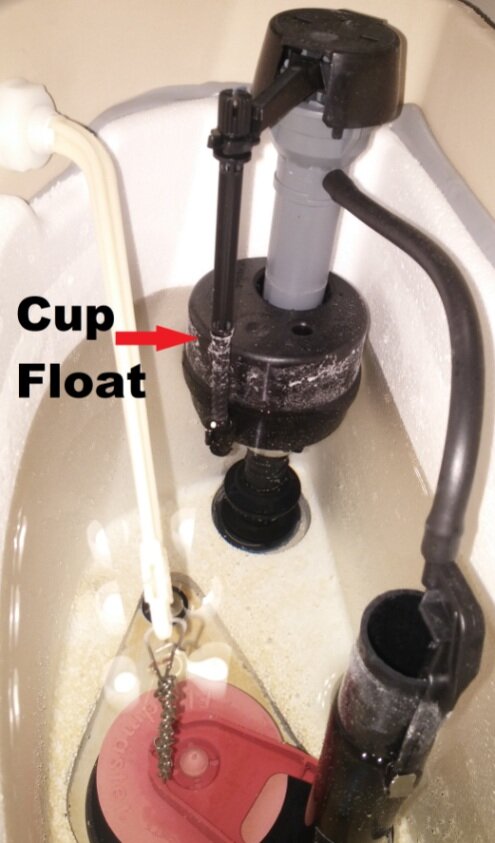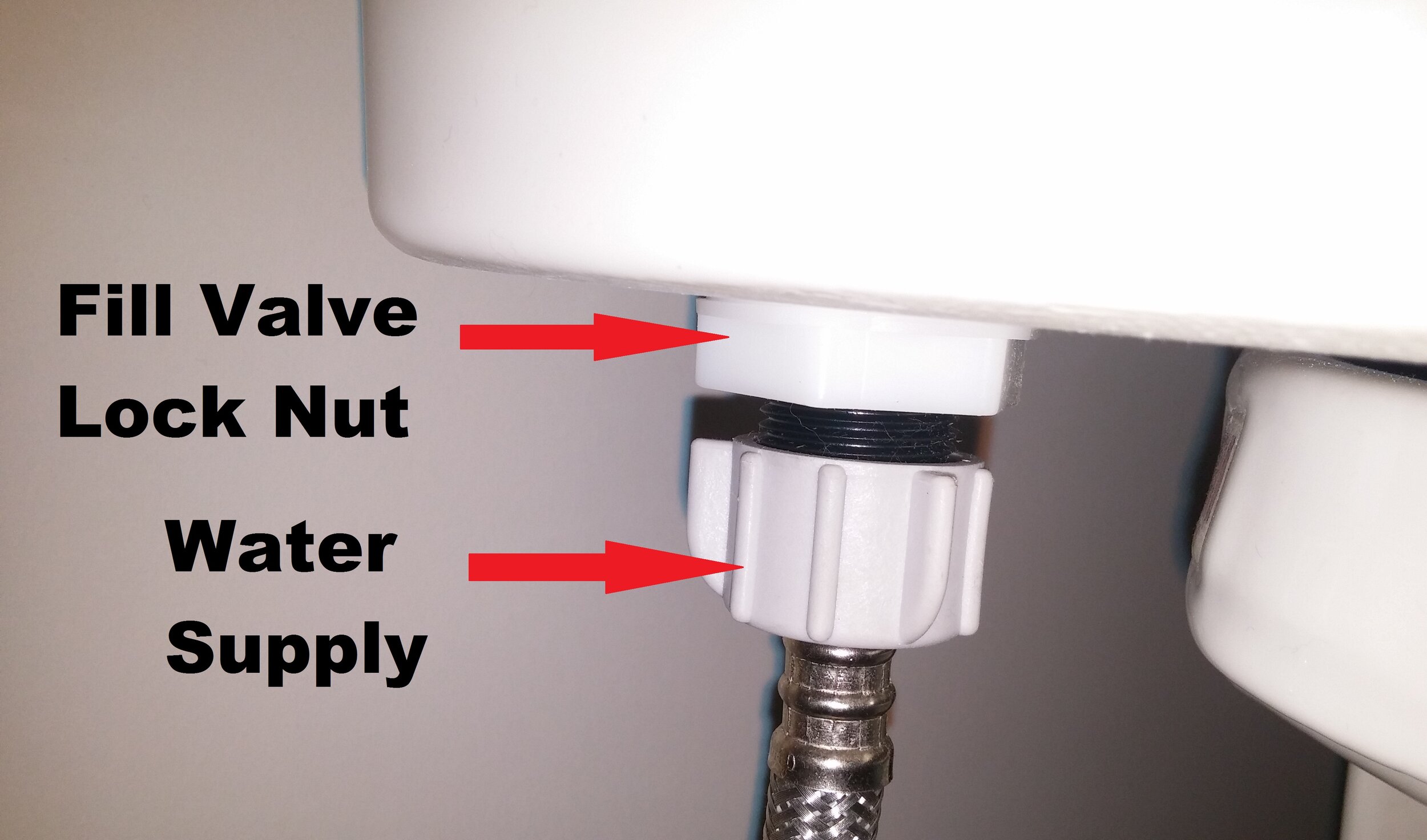Investing in a watercooler for children can encourage your children to drink more water; watercoolers are easier for a child to use and reach than a tap; learn about even more benefits and tips for getting your kids to drink more water!
How Much Salt to Put in Water Softener Brine Tank?
Running Toilet Fix: Step By Step for Beginners
Looking for a simple running toilet fix? Today we are going to outline easy to follow steps so you can fix your running toilet yourself.
At WaterSmart, we have over 25 years of experience in the plumbing and water softener industry; and we'd love to share our expertise with you.
We'll step you through the process with helpful diagrams so you can stop the annoying noise and stop wasting water. So, let's get started.
Running toilet fix: learn how to fix it yourself
1. Running Toilet Fix: Worn out Flapper
How to Check It
One of the possible causes of a running toilet is a worn out flapper. You can perform an easy test to see if your flapper is worn out and not sealing properly by using a wooden spoon or another long-handled utensil.
Take the lid off your tank and press your wooden spoon down on the flapper. If the running water sound stops, then you know that your flapper isn't sealing properly and will need to be replaced.
Running toilet fix: Press down firmly on your flapper with a wooden spoon to see if the water running noise stops
How to Replace Your Flapper
To replace your flapper, you can do the following:
Step 1: Get a new flapper:
Take a picture of your current flapper and go to your hardware store and purchase the same type of flapper.
Step 2: Shut off your water supply:
You will find your water supply shut off valve under your toilet.
Running toilet fix: Shut off the water supply
Step 3: Flush your toilet:
Flush your toilet to get rid of any water that is in the tank. Because you have shut off the water supply, your tank will not fill up with water so you can work easily inside the tank. Unhook the chain attached to your old flapper.
Step 4: Install your new flapper:
Follow the instructions that come with your new flapper to replace and install your new one.
Step 5: Hook the chain:
Hook your chain back onto your new flapper and flush lever arm making sure that you leave a little bit of slack for when the flapper is closed.
If the chain is too short then the flapper will not be lifted high enough when the toilet is flushed causing a shorter, incomplete flush. If it is too long, then you will have to jiggle the handle each time you flush to get the flap to fall back into the correct position.
2. Running Toilet Fix: Fill Tube
How to Check It
If you tested the flapper by pressing down on it and found that it wasn't the cause of your toilet running, it could perhaps be the fill tube. The fill tube is the small plastic tube connected from the fill valve (the main assembly in the tank) to the overflow pipe (the part that drains the extra water when it fills too high).
How to Fix Your Fill Tube:
Take a look at the fill tube to see if it is underwater. If it is, then simply cut it shorter so that the tube is above the water level.
Running toilet fix: If your fill tube is below your water level, cut it so it is above
3. Running Toilet Fix: The Float
How to Check It
The float affects the height of the water level in your tank. If it is set too high, then the water level will rise above the overflow pipe and your toilet will keep running. The water in your tank should only come up to between 1.5 and 2.5 cm below the top of the overflow pipe.
How to Fix Your Float:
There are two basic types of floats: a ball float and a cup float. Here is how you can check and fix each type.
How to Adjust a Ball Float: This type of float is more common on older toilets. You can adjust the height that the ball float rises by simply bending the arm down slightly so that the water will fill up below the overflow pipe.
How to Adjust a Cup Float: Take a look to locate the way the cup float adjusts. This will usually be some sort of pinching mechanism. Slide the float down the central tube that is sits around until it is at the desired water level.
4. Running Toilet Fix: The Fill Valve
How to Check It
If neither the flapper, fill tube or float are causing your toilet to run, then you may have to replace the fill valve.
How to Replace Your Fill Valve:
You can replace your fill valve by doing the following:
Step 1: Turn off the water supply to the tank. You can find the shutoff valve underneath the tank.
Step 2:. Flush the toilet. You want to drain all of the water from the tank. Dry up any remaining water with a sponge or rag.
Step 3: Disconnect the water supply line outside the tank. and unscrew the fill valve locknut to free the valve.
Running toilet fix: Disconnect the water supply and unscrew the fill valve locknut
Step 5: Lift out the old fill valve.
Step 6: Purchase a replacement valve. Be sure to take the old valve with you so that you can choose the correct one.
Step 7: Follow the instructions on the new valve to install it. A good tip is to tighten the locknut one half turn past hand tight.
Trust WaterSmart for All Your Plumbing Needs
Having problems with your toilet? You can trust WaterSmart with all of your plumbing needs. We are your local plumbing experts in the Kitchener-Waterloo region proudly celebrating 25 year of professional service.
If you are having problems with your sewer or would like to have it inspected, contact us today. We also provide a full range of other plumbing services that include but are not limited to:
Kitchens and Bathrooms
Toilets and Taps, leaks and repairs
Clogged or Slow Drains
Countertop Pre and Post Installation
Water Softener and Dishwasher Installations
Sump Pumps
Tankless Hot Water Heaters
New Plumbing and Renovations
Master Plumber and Gas Fitter










